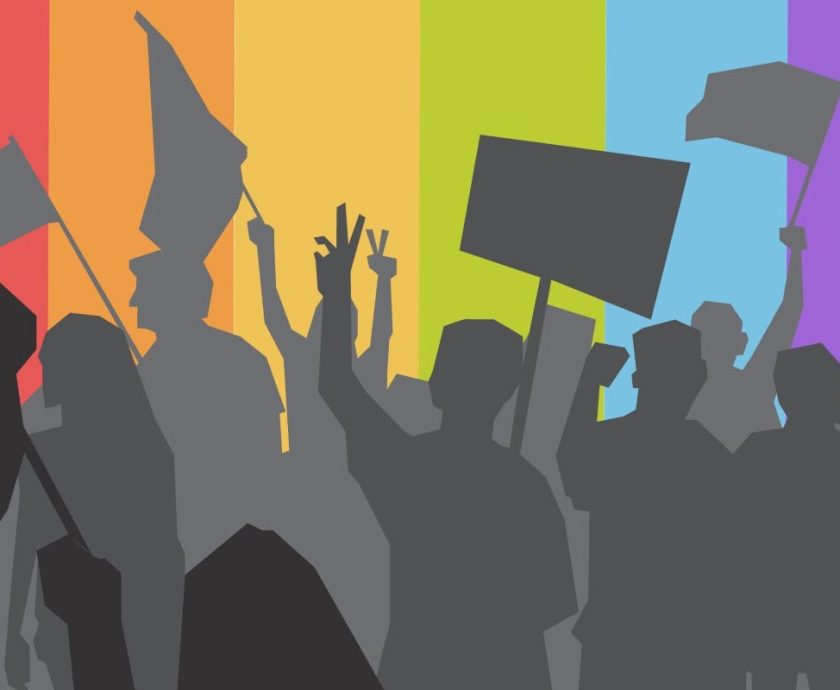
The choice of date for Women’s Equality Day commemorates the signing of the 19th
amendment on August 26th, 1920, a landmark addition to the American constitution that prohibited
federal and state governments from restricting the right to vote based on sex. While this was a
massive achievement only made possible by the work of dedicated activists, it is crucial to note that
only a small proportion of American women were subsequently able to vote—women of colour had
to fight decades more in order to obtain the same right. New York Congresswoman Bella Abzug
first introduced a resolution to recognize Women’s Equality Day in 1971, the year after the
America-wide Women’s Strike for Equality, and the date was first formally celebrated two years
later in 1973. Fifty-two years later, it remains an important remembrance of the first step to justice
that was long-overdue.
The work of American suffragettes such as Susan B. Anthony is well known even outside
her country, but the history of the Canadian women’s suffrage movement is no less rich, and no less
important. The first victory in the struggle was won on January 27th, 1916, when Manitoban
women—of British ancestry or citizenship, and who were at least 21 years old—gained the right to
vote in provincial elections. This was a hard-earned win, preceded by efforts from groups such as
the Manitoba Political Equality League, who had presented two petitions in support of women’s
right to vote on December 23rd of the previous year. The petitions were signed by both men and
women, and included almost forty thousand signatures. Other provinces quickly followed suit, with
Saskatchewan enacting it’s own reform less than two months later, and Alberta a little over a month
after that. BC, Ontario, and Nova Scotia followed in turn, and eventually the last province to
provide this essential right was Québec, in 1940, with the last territory being the Northwest
Territories in 1951. On a federal level, it was on May 24th, 1918 that women were formally
allowed to vote in federal elections. World War 1, and the Wartime Elections and Military Voters
acts, had permitted women in the armed forces and the female relatives of military officers to vote,
but the 1918 act distributed the right far more broadly—although not comprehensively. If you’d like to learn more about the timeline of the fight for equal voting rights, the Canadian Encyclopedia has
an excellent resource online, which can be found here.
It is critical to note that not all women were granted the same rights at the same time.
Racialized women across Canada had to fight far longer and harder to secure the same rights as
white, British women, particularly Asian and Indigenous communities. The passing of the national
Dominion Elections Act in 1920 filled some of the gaps—it enfranchised those who had been
disenfranchised during the Great War, such as those from countries Canada had been at war with—
but crucially, stated that those disenfranchised due to race on a provincial level would remain as
such. This included those of Chinese origin in Saskatchewan, and in BC, included those of
Chinese, Japanese, South Asian, and Indigenous origin. These injustices would only begin to be
rectified without exception in the 1940s, and Chinese and South Asian citizens—men and women
both—were extended the right to vote both federally and provincially on the first day of 1947.
Japanese-Canadians and Indigenous women would need to wait even longer still, until 1949 for
Japanese-Canadians.
Indigenous women faced a still more arduous battle for their rights, complicated by the
Indian Act. Over the 50s and 60s, province-by-province ‘Status Indians’ were granted the
provincial vote, but the clause in the Indian Act that stated Indigenous women lost their ‘status’ if
they married anyone without a ‘status’ meant that thousands of Indigenous Women remained
disenfranchised and withheld from their right to vote. Organizations such as the Native Women’s
Association of Canada worked tirelessly for years to rectify this injustice, and the UN Human
Right’s Commission even declared that the loss of ‘status’ was tantamount to cultural interference.
The dozens of years of hard work and tenacity finally came to bear fruit on June 17th, 1985, when
Bill C-31 was passed, amending the Indian Act to remove the gender-based discrimination it
contained in it’s provisions. 67 years after British Manitoban women gained their right to vote, the
right had finally been distributed to almost all Canadians, regardless of race. Three years later in
1988, the very last gap was closed, and people with intellectual disabilities were able to vote for the
first time. Canada had finally become a true democracy for all.
Voting inequalities, however, still exist today—often based on physical access to the vote.
For instance, Nunavut women were able to vote starting in 1950, but in remote communities, ballot
boxes were only installed in 1962, and as such all genders were denied the vote. Disabled people
can also face difficulties getting to a voting centre, something that—although mail-in voting has
been helpful—remains a pressing concern today. The vote is an essential part of any functioning
democracy, and it is important that as we celebrate how far we’ve come, we recognize how far we
still have to go.
Women’s Equality Day is a sobering reminder that a shocking amount of the rights and
freedoms we claim today were won incredibly recently, sometimes even in living memory. As
politics both here in Canada and around the world seem to grow ever more frightening, and the
rights we are all entitled to become something considered to be up for debate, looking to and
learning from the past only becomes more important. The perseverance and courage of those who
fought tirelessly for every woman’s right to participate in democracy continues to serve as an
inspiration to those fighting for every sort of justice, and on this day, we pay homage and thanks to
their efforts.






